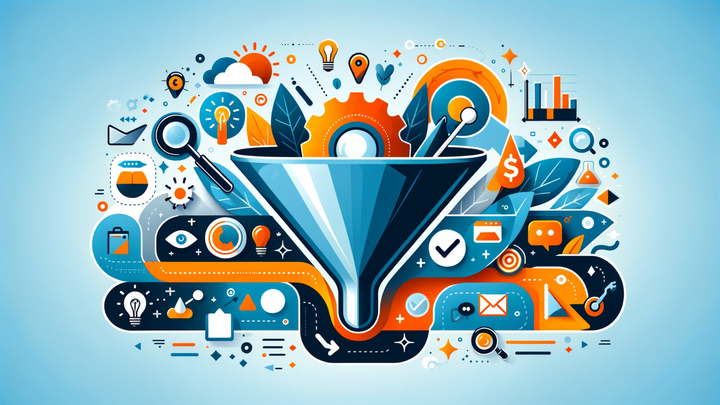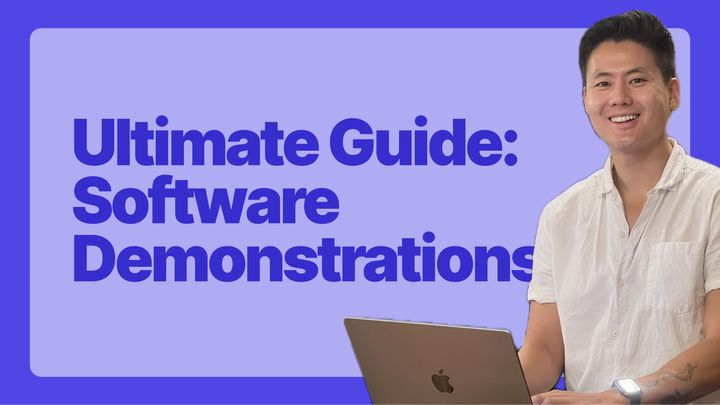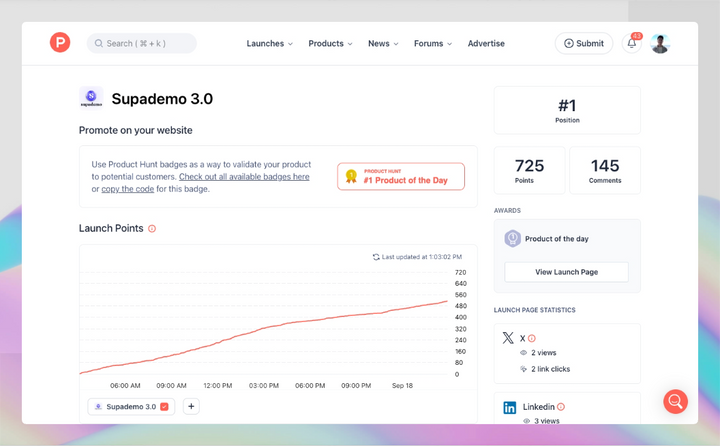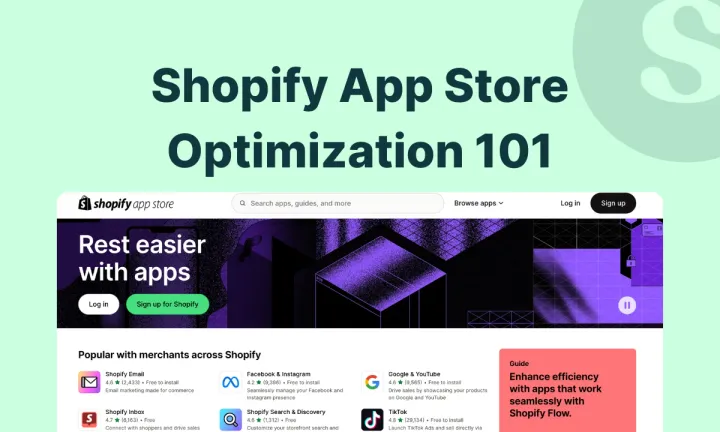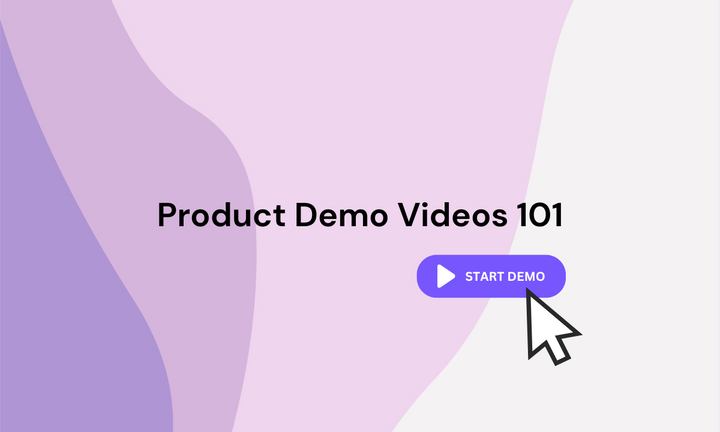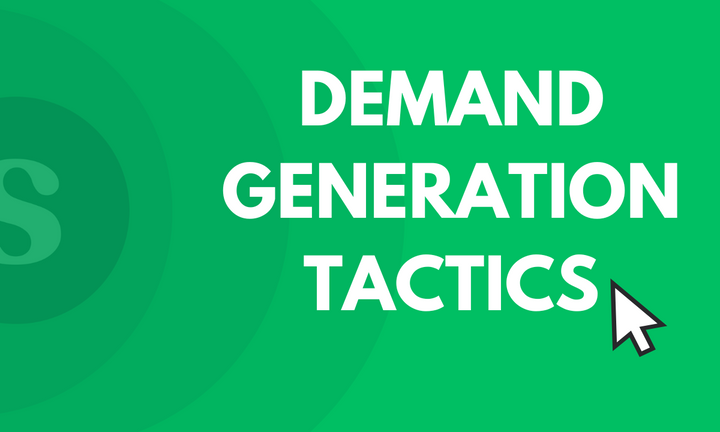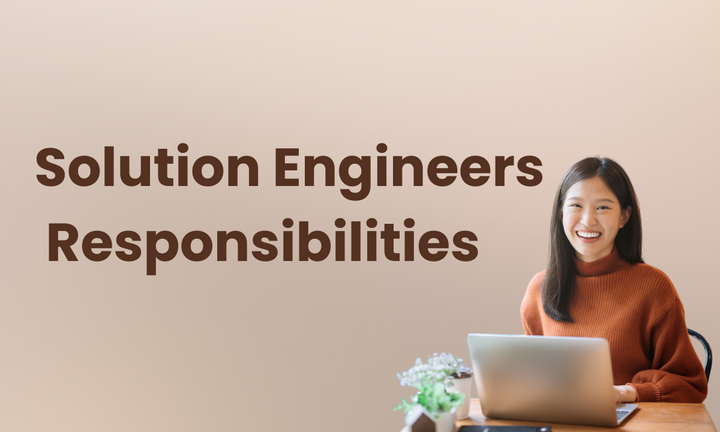In today's digital landscape, content marketing has become an essential strategy for businesses looking to attract and engage with their target audience. However, simply creating and publishing content is not enough. To truly maximize the impact of your content efforts, you need a well-constructed content marketing funnel.
What is a Content Marketing Funnel?
A content marketing funnel is a framework that helps businesses visualize how to strategically use content to attract potential customers and guide them through their journey from the first interaction to conversion. It is a critical part of a comprehensive content marketing strategy.
The content marketing funnel consists of several stages, each with its own purpose and goals. By understanding these stages and creating content tailored to each, you can effectively nurture leads and drive them towards conversion. Let's take a closer look at each stage of the funnel.
Stage 1: Top of the Funnel (TOFU) - Creating Awareness
The top of the funnel is the first stage of the buyer's journey. At this stage, potential customers are not yet ready to make a purchase and may have limited or no awareness of your brand. Your goal is to attract their attention, provide valuable information, and build brand awareness. Key metrics to measure success at this stage include organic traffic, social media engagement, and on-site engagement.
Types of Content for TOFU
To capture the attention of potential customers at the top of the funnel, you need to create content that is educational, informative, and addresses their pain points. Here are some effective types of content for this stage:
- Blog Posts - Create informative blog posts that answer common questions and provide valuable insights.
- Infographics - Visual content that presents complex information in a visually appealing and easy-to-understand format.
- How-to Guides - Step-by-step guides that help users solve specific problems and showcase your expertise.
- Videos - Engaging videos that explain concepts, demonstrate product features, or tell compelling stories.
- Social Media Posts - Share relevant and engaging content on social media platforms to attract attention and encourage interaction.
Remember, at this stage, your primary focus should be on providing value and building brand awareness rather than directly promoting your products or services.
Stage 2: Middle of the Funnel (MOFU) - Generating Leads
In the middle of the funnel, potential customers have shown interest in your brand and are actively seeking more information. Your goal is to nurture leads by providing them with relevant and valuable content that further educates them about your offerings. Key metrics to measure success at this stage include lead generation and conversion rates.
Types of Content for MOFU
To effectively nurture leads at the middle of the funnel, you need to create content that showcases your expertise, addresses specific pain points, and provides in-depth information about your products or services. Here are some effective types of content for this stage:
- Case Studies - Share real-life examples of how your products or services have helped customers achieve their goals.
- Webinars - Host webinars that dive deeper into specific topics related to your industry or solutions.
- Product Overviews - Provide detailed information about the features, benefits, and use cases of your products or services.
- Comparison Guides - Help potential customers evaluate your offerings against competitors and make informed decisions.
- Email Newsletters - Send regular newsletters to keep leads engaged, share valuable content, and promote exclusive offers.
At this stage, it's crucial to tailor your content to the specific needs and pain points of your leads. Personalization and targeted messaging can significantly improve your chances of conversion.
Stage 3: Bottom of the Funnel (BOFU) - Driving Conversions
The bottom of the funnel is where leads are ready to make a purchase decision. Your goal is to provide them with the information, reassurance, and incentives they need to convert into paying customers. Key metrics to measure success at this stage include conversion rates, revenue generated, and return on investment (ROI).
Types of Content for BOFU
To drive conversions at the bottom of the funnel, you need to create content that directly addresses any remaining objections, showcases success stories, and provides clear calls to action. Here are some effective types of content for this stage:
- Customer Reviews - Display testimonials and reviews from satisfied customers to build trust and credibility.
- Product Demos - Offer live or recorded demos that showcase the value and functionality of your products or services.
- Pricing Pages - Provide transparent pricing information to help potential customers make informed decisions.
- Success Stories - Share case studies and success stories that highlight how your offerings have delivered tangible results.
- Free Trials or Samples - Offer free trials or samples to allow potential customers to experience your offerings firsthand.
At this stage, make sure your content focuses on positioning your brand as the best choice and addressing any concerns or objections potential customers may have.
Beyond the Funnel - Customer Retention
Once a lead has converted into a paying customer, your efforts to provide valuable content should not stop. Customer retention is just as important as acquisition. Your goal is to keep customers engaged, provide ongoing support, and encourage loyalty. Key metrics to measure success at this stage include customer satisfaction, repeat purchases, and customer lifetime value.
Types of Retention Content
To retain customers and encourage repeat business, you need to create content that adds value, provides ongoing support, and fosters a sense of community. Here are some effective types of retention content:
- Help Articles - Create a knowledge base or support center with helpful articles and resources.
- Personalized Emails - Send personalized emails with exclusive offers, product updates, and relevant content.
- User Forums - Establish an online community where customers can connect, share experiences, and seek support.
- Surveys and Polls - Gather feedback and insights from customers to continuously improve your offerings.
- Educational Content - Continue providing educational content that helps customers make the most of your products or services.
Remember, the goal of retention content is to strengthen the relationship with your customers and foster loyalty. By consistently providing value and support, you can turn customers into brand advocates.
Measuring the Success of Your Content Marketing Funnel
To ensure the effectiveness of your content marketing funnel, you need to measure its success and make data-driven improvements. Key metrics to track at each stage of the funnel include:
- Awareness Stage: Organic traffic, social media engagement, referral traffic, and on-site engagement.
- Evaluation Stage: Lead generation, conversion rates, email subscriptions, and content downloads.
- Conversion Stage: Conversion rates, revenue generated, customer acquisition cost, and ROI.
- Retention Stage: Customer satisfaction, repeat purchases, customer lifetime value, and churn rate.
Utilize analytics tools and tracking mechanisms to gather relevant data and analyze the performance of your content at each stage. Adjust your strategies and content based on the insights gained to optimize conversions and drive business growth.
Conclusion
A well-constructed content marketing funnel is crucial for attracting, nurturing, and converting leads into paying customers. By understanding the different stages of the funnel and tailoring your content accordingly, you can effectively guide potential customers through their journey and drive business success. Remember to continuously measure and optimize your funnel to ensure maximum impact and ROI.


